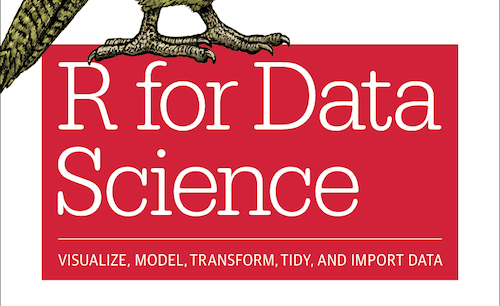Data sciences have become a crucial part of everyday jobs. The availability of data, an advanced computing software, and a focus on decisions that are analytics-driven has made data sciences a booming field. Jobs abound in this field and hence large interest also exists on which languages to learn.
Why R is Best Suited to Data Analytics:
The Foundation for R opines that R is an environment-creating language for graphics and statistical computing. Originally developed by Robert Gentleman and Ross Ihaka at New Zealand’s Auckland University sometime in the early 90s, the free-to-use, open-source statistical framework platform R has evolved and has been used in thousands of libraries created and used by various data analysts.
• R is an object-oriented language used for data analysis by data-scientists, analysts, and statisticians for predictive modeling, statistical analysis, and data visualization.
• R is also a language used for programming since it provides for functions, operators, objects, etc that allows statisticians to make sense of, explore, visualize and make models from statistical data.
• R is the ideal statistical analysis environment due to the ease of implementing statistical methods. It is very popular for research applications and its ability for predictive modeling allows techniques to be vetted before implementation in R.
• R is open-source and hence free to use requiring no license or extra software to run it. Its quality has evolved due to its popular use, open interfaces, and numerical accuracy that allows it's being used compatibly with most systems and applications.
• R has a large user community. Its leadership includes global computer scientists and statisticians who also have a forum for 2 million plus users who are constantly helping evolve it into a well-supported language with an extremely well-supported community.
How It Compares With Python:
R and Python are the most popular tools for data science work. Both are flexible, open source, and evolved just over a decade ago. R is used for statistical analysis while Python is a programming language that can be termed general-purpose. These are both in combination essential for data analysis where you are involved in working with large data sets, machine learning, and creating data visualization insights based on complexities involving data sciences.
The Process of Data Science
Very simply put the processes of data science involve the four subdivisions discussed below. Let’s compare the two for the following.
Data Collection
Python is supportive of different data formats. You can use CSVs, JSON and SQL tables directly in your code. You can even find Python solutions when stuck on Google. Rvest, magrittr, and beautifulsoup packages in Python resolve issues in parsing, web scraping, requests etc.
Data can be imported from CSV, Excel, text files etc. Minitab or SPSS file formats can be converted into R data frames. R is not as efficient in getting web information but handles data from common sources just as well.
Data Exploration
One can hold large volumes of data, sort, display data and filter large amounts of data using Pandas without the lag of Excel. Data frames can be redefined and defined throughout a project. You can clean data and scan it before you clean up empirical sense data.
R is an ace at a numerical and statistical analysis of large datasets. You can apply statistical tests, build probability distributions, and use standard ML and data mining techniques. Signal processing, optimization, basics of analytics, statistical processing, random number generation, and ML tasks are easy to perform from its rather limited libraries.
Data Modeling:
Numerical modeling analysis with Numpy, scientific computing with SciPy and the sci-kit learn code library with machine learning algorithms are some excellent working features in Python.
The R’s core functionality and specific modeling analyses are rather limited and compatible packages may have to be used.
Data Visualization
The Anaconda enabled IPython Notebook, the Matplotlib library, Plot.ly, Python API, nbconvert function and many more are great tools available in Python.
ggplot2, statistical analysis abilities, saving of files in various formats like jpg, pdf etc, the base graphics module and graphical displays make R the best tool for statistical analysis complexities.
In parting, before choosing to learn just one language, ask yourself why you want to do a course in R for data science? Is it for programming experience, research, and teaching, working in the industry, studying statistical or ML in data sciences, visualizing data in graphics or just interest in software engineering?
Research Data science Training well and you will find that depending on what functions you need both are excellent languages to learn for a career in data sciences. At Imarticus Learning, R is used widely to understand data analytics and then move to learn Python for data analytics.








